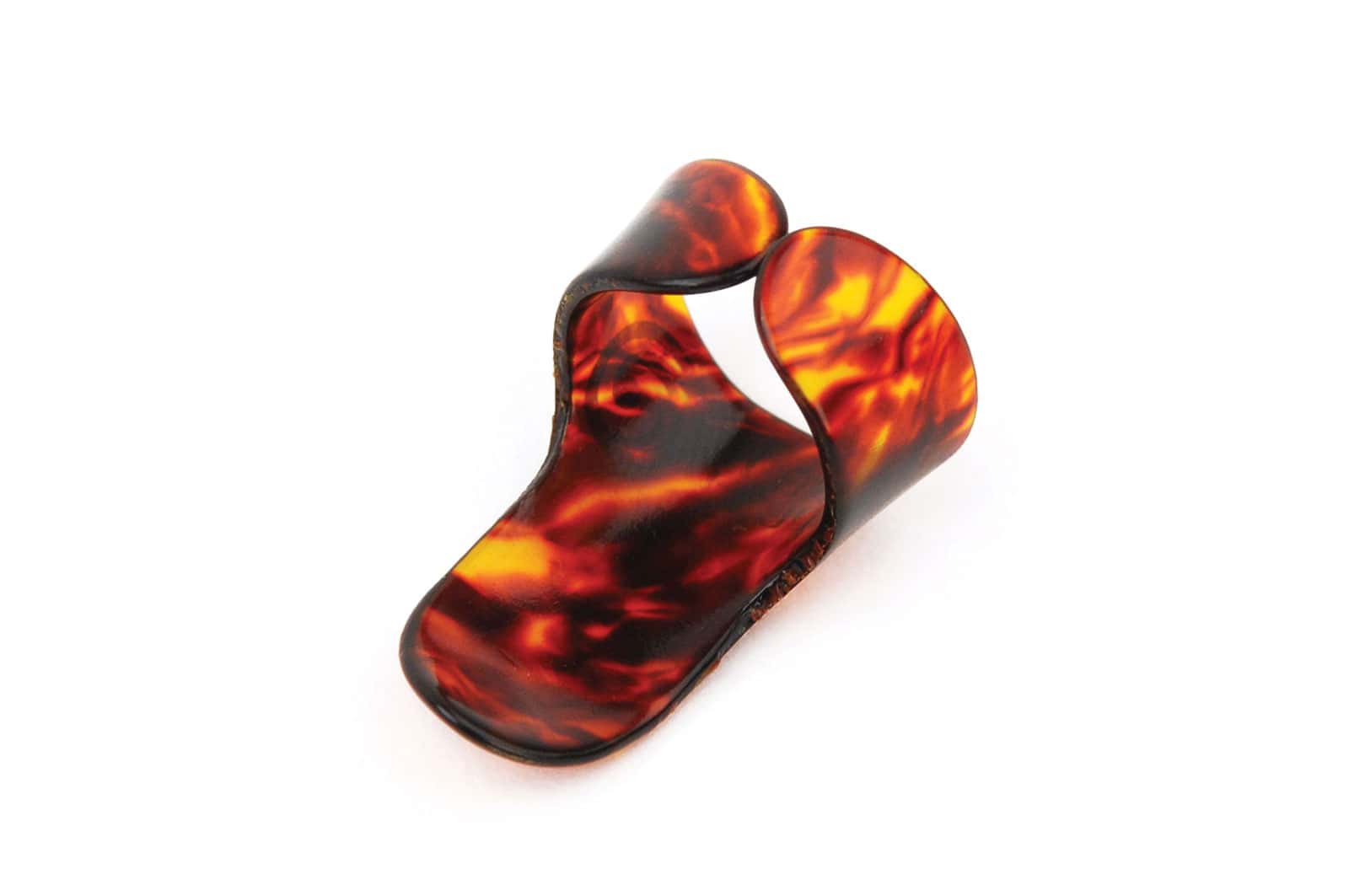HARPIKA TUTORIALS
THIS SECTION IS UNDER CONSTRUCTION THANK YOU FOR YOUR PATIENCE!
Here you will find different tutorials, to help you get to know your instrument, maintain it and also repair it so that it can accompany you a long time.
PLAYING TECHNIQUES:
Holding the instrument and touching strings
Glissando
Use of nails It is quite possible to play harpika without nails, provided you have small finger tops! It’s more complicated for these gentlemen who generally have wider fingers, and are hindered by the reduced spacing of the strings. The sound that is produced is then soft and with a very quiet sound projection.
The nail allows precision and ease of play, and the possibility to make clean and dynamic notes if desired. Sound volume can be much louder because the string is activated with more force. It is therefore much easier to play with nails.
If, however, you cannot let them grow - whether it is because you gnaw at them or for professional reasons,. Here are possible solutions:
Finger mediators for guitar, a kind of ring pick that imitates the nail: normally this shape is worn on the index finger but there are different sizes and with a little luck can go to your thumb. For this, go to the music store and ask to try some.. There are some in plastic and metal but we recommend those in plastic to avoid buzzing.
Some also opt for a banal plastic fake nail that they then peel off.

SET UP
1)Tuning *soon*
2) Remove buzzing
CARING AND REPAIR
1)care
- Stocking your harpika
The harpika being an instrument made of wood and metal, it is sensitive to changes in humidity and temperature. The ideal temperature for a musical instrument is around 20°C, but depending on the uses and the place where you live, it is not always easy to reach the recommendations.
If the harpika travels from one climate to another, it will be necessary to re-tune the instrument. Similarly, if you play mostly outdoors, the re-tunings will need to be closer than when used indoors.
If you live in a humid environment, it will be advisable to put a bag of silica gel in the closed storage of your instrument (hard case or pouch) to avoid any risk of mold or deformation.
If you live in a hot and dry environment, and you do not have air conditioning, it is advisable to store the instrument near the ground, the temperature being cooler there, to save its tuning, and not to put silica gel and thus avoid the risk of cracking of the wood
Note that the wood can change color and darken in the long term with UV rays. We encourage you not to store your instrument in the light.
The harpika are - by default - delivered in a pouch that protects from dust. They are sufficient for sedentary use.
If you plan to travel with your instrument, it is necessary to invest in a hard case in order to protect the harpika which is a fragile instrument
A closed storage will allow your instrument to retain its natural smell for longer.
Storage on the presentation stand is possible, but risky depending on where you place it. Choose a well-planed and very stable surface.
- Care
Our harpikas have natural finishes (olive and coconut oil or mineral wax depending on the model) if over time you see dry marks on your instrument, put a few drops of olive oil or deodorized coconut on a cloth then gently rub your instrument. Let absorb then polish, to restore its beauty to the wood and nourish it.
Do not wet your instrument.
The smells of wood will hold longer if you store your instrument in its protective cover or hardcase than in the open air.
The strings are coated, and only corrode very slowly.
Nevertheless, dirt can lodge on the rope. The best way to avoid this fact is to wash your hands thoroughly with soap before playing your instrument.
When the strings are dirty, you can use a special cleaning product, or clean a microfiber cloth and isopropyl alcohol.
Put a few drops of isopropyl alcohol on the cloth (it just needs to be damp, so that the alcohol doesn’t fall on the body of the instrument) then rub the strings, until the grime is gone.
In case of a string that breaks, it is useless (except after several years of intensive use and really worn out strings) to change the whole set. you can buy the strings at the number on the site, to allow you welcome savings!
At any time during the life of your harpika, it is possible for an ankle to spin in the void. This is repairable, watch the video tutorial a little further down on this page if needed.
All the elements of your harpika are available as spare parts on the site, so that your instrument follows you as long as possible!
If you live outside of europe and prefer to purchase trings from your local music store, please ask for phosphore bronze strings ( the yellow ones) , and ask the good gauge or approaching:
| coated phosphor bronze/ Steel |
mm | inch |
| °3 | 1,32 | 0,53 |
| °4 °4# °5 °5# °6 °6# °7 | 1,22 | 0,48 |
| (#7) 1 1# 2 2# | 1,07 | 0,42 |
| 3 (3#) 4 4# | 0,99 | 0,39 |
| 5 5# 6 | 0,81 | 0,32 |
| 6# 7 | 0,76 | 0,3 |
| (7#) 1° 1°# 2° 2°# | 0,61 | 0,24 |
| 3° (3°#) 4° | 0,41 | 0,16 |
| 4°# 5° 5°# | 0,36 | 0,14 |
| 6° 6°# | 0,3 | 0,12 |
| 7° 1°° | 0,28 | 0,11 |
| 1°°# 2°° 2°°# 3°° 4°° | 0,25 | 0,1 |
2)Changing strings
3)Fixing slipping pegs
